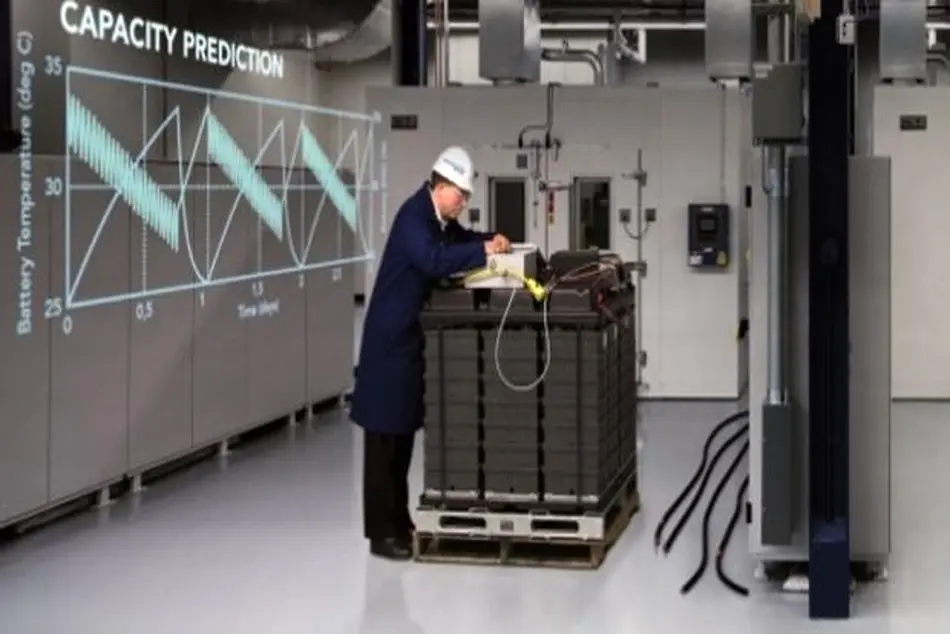First storage solution for self-healing power grids launched

A Dutch consortium, in which DNV GL participates, launched a platform that allows local parts of the grid to disconnect from the central grid and self-heal, aiming to make power grids more resilient to external influences.
The Cellular Smart Grid Platform (CSGriP), divides the central grid into many small cells that have the ability to function autonomously. In case of a central grid power outage, these local cells take over control. They automatically start restoring all local sources of energy supply, such as solar and wind, and distribute this energy amongst local consumers. At the core of this local grid is an energy storage system developed by project coordinator Alfen.
“This solution ensures that the balance between production and consumption is maintained. Once the grid balance within a cell is restored, it automatically reconnects to other cells and, as such, quickly rebuilds the larger power grid. Consequently, both the duration and size of central grid power outages are reduced significantly,” DNV GL explained.
The platform is being field tested at the Application Centre for Renewable Resources (ACRRES) in Lelystad, the Netherlands. It combines local energy sources (solar, wind and biogas) with local energy consumers. At the heart of this infrastructure is an 0.5 MW energy storage system and a complex algorithm used for local energy management.
Energy Storage Specialist Evert Raaijen (Alfen), comments: “Unique about this solution is that the local cells are intrinsically stable through self-adjustment of supply and demand based on the frequency of the electricity grid. This makes the grid truly self-healing in cases of central grid outages. The self-healing mechanism based on frequencies sets it apart from many IT-related smart grids that require relatively vulnerable data and ICT connections for balancing local grids.”
The Cellular Smart Grid Platform can prepare grids that are already well-developed for a future that will be significantly more decentral and renewables-oriented. Furthermore, even bigger opportunities exist in parts of the world that still need to be electrified. Instead of constructing central systems based on large fossil-fuel power plants, local grids based on renewables are the logical approach in greenfield situations.
The project is being supported with a subsidy from RVO-TKI Urban Energy and is led by Alfen. It brings together knowledge and expertise from project partners Delft University of Technology, Application Centre for Renewable Resources, HAN University of Applied Sciences, Avans University, Bredenoord, DNV GL and grid operator Alliander.
DNV GL together with Delft University of Technology developed the frequency based storage control algo-rithms. In simulations, the impact and effectiveness of this frequency control have been investigated for the ACRRES demo site. Now the frequency control has been implemented in the Alfen container, it will be tested at the ACRRES demo site. These real-life measurements will be used to validate the simulation results.